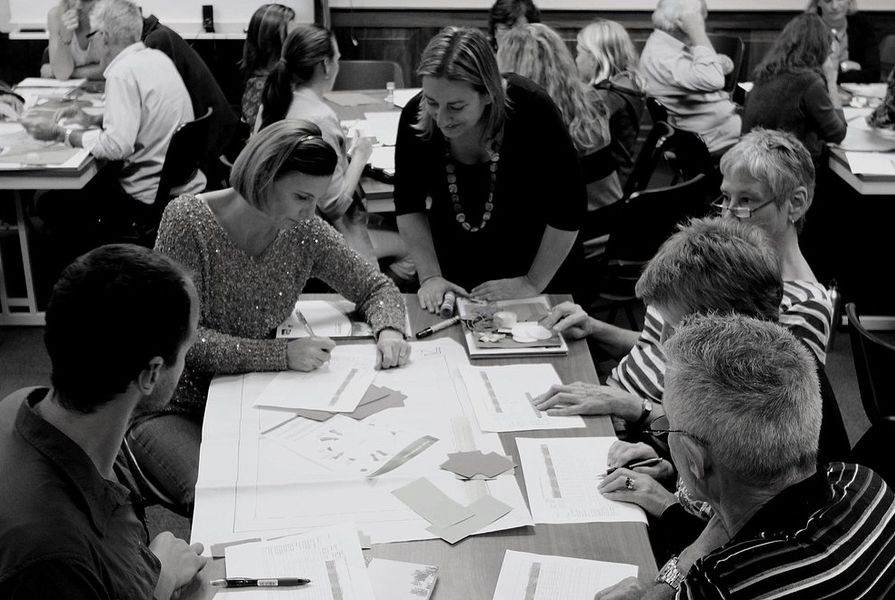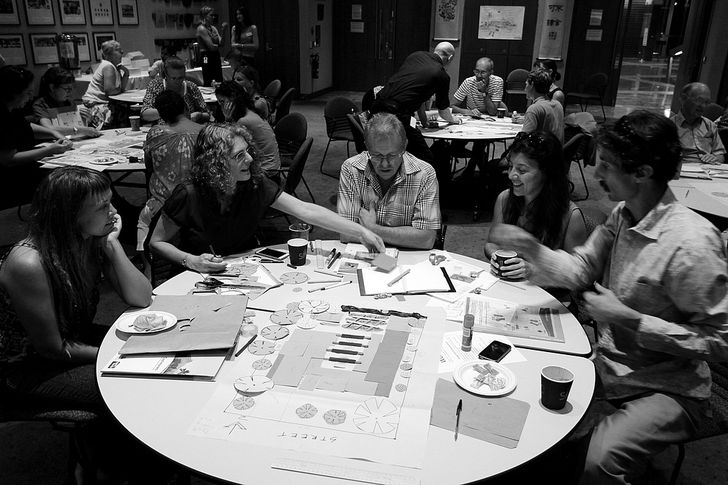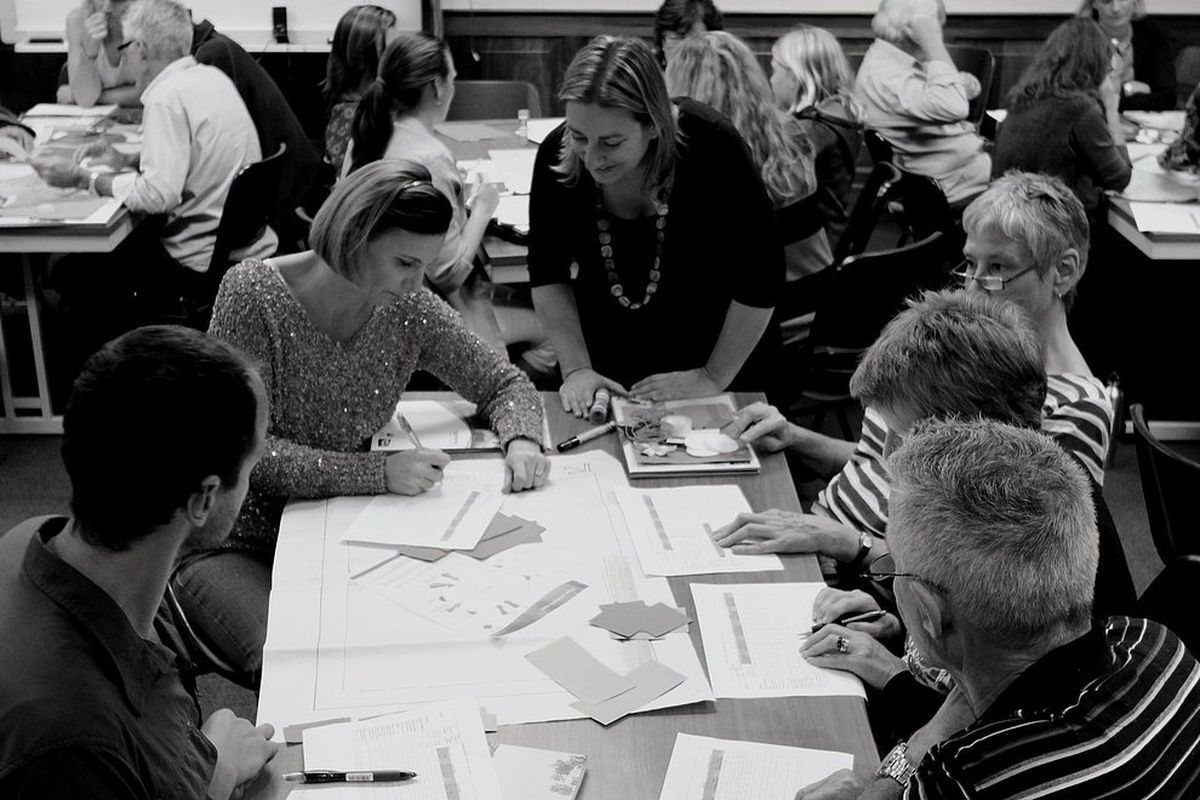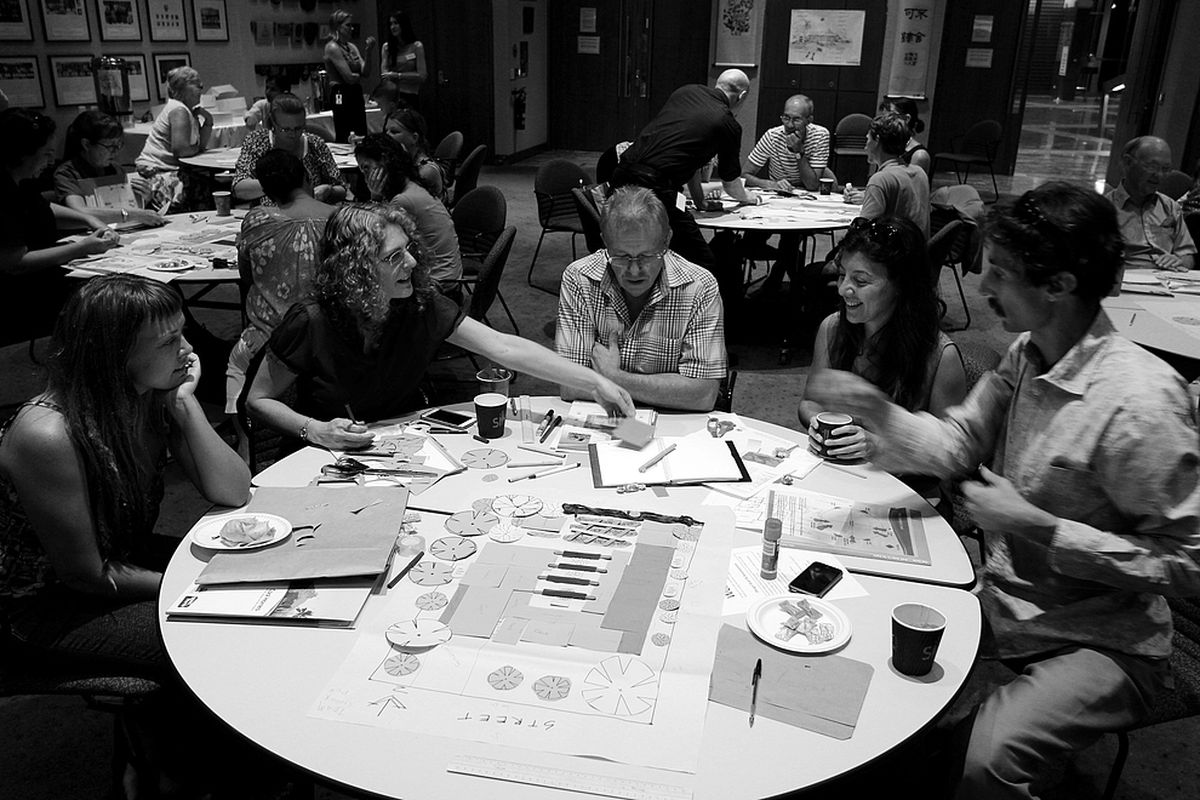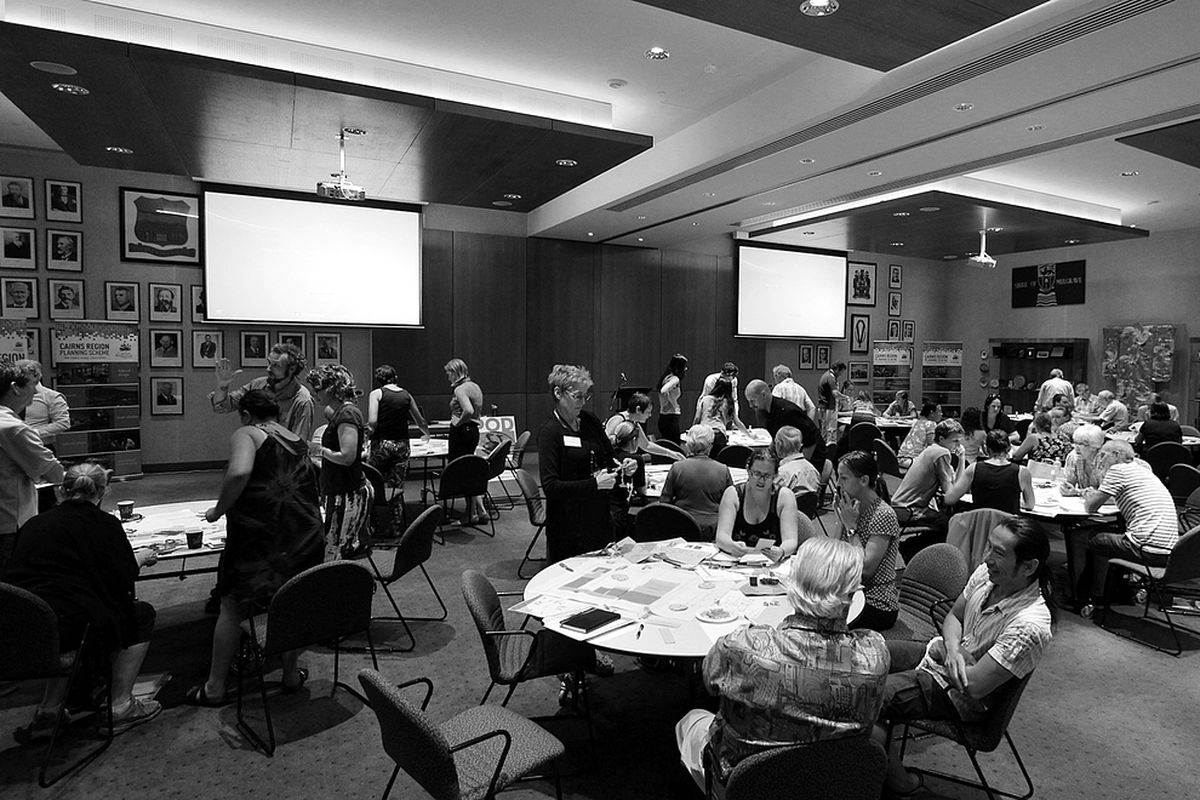A sustainable design workshop that aims to challenge participants’ assumptions about house design and construction will head to Brisbane on 28 March as part of the Asia Pacific Architecture Forum 2017.
The Least House Necessary asks participants to interrogate their daily living patterns and question what kinds of spaces they really need to be comfortable, safe and private, without the inclusion of unnecessary amenities and spaces.
The workshop was designed by Shaneen Fantin and Belinda Allwood, partners of the Cairns-based, multidisciplinary design, architecture and community engagement firm People Oriented Design (POD).
The Least House Necessary was first presented as an International Women’s Day event in 2011. Fantin was at the time living with her partner, two children, chickens and a fish tank in a 90-square-metre dwelling. “It made [me] realize that a rowdy family can be comfortable in a small space if it is well designed, connects to the natural environment, meets one’s privacy and security needs, and is ‘enough.’”
Although the ideas that underpin the workshop are heavily informed by the particular design requirements of designing for the northern tropics, The Least House Necessary “can be adapted for anywhere in Australia,” said Fantin, if “careful consideration [is] given to the local climatic context and natural environment.”
The Least House Necessary is a public education seminar and interactive design workshop.
Image: courtesy of People Oriented Design
The Least House Necessary is also a response to a trend that has seen Australian homes grow in size at the same time as the lots they are built on have shrunk, limiting the social and environmental benefits of green space.
“Green space is vital for many reasons: it helps maintain climatic comfort for the neighbourhood by reducing the radiant heat load; it provides privacy between homes; it provides an environment for birds and animals to exist in suburbia and fauna routes in and through towns and cities; and it provides comfortable and natural public and private outdoor spaces for people to play, gather, socialize and relax,” said Fantin.
Fantin also said that her work with Indigenous people has taught her “many lessons about living, perceptions of privacy and comfort and the importance of valuing the natural environment and social relationships over possessions.”
She suggested that more creativity is needed when trying to maximize the utility and value of shared green space.
“Yesterday I went for a bike ride with my family in a suburb of Cairns that has a cycling and pedestrian track against a freshwater creek. I noted on the ride that when small housing lots backed onto riparian zones, people were making use of the natural environment by informally extending their social spaces and yards into the public land. This included seeing small clusters of chairs facing the creek, temporary soccer goals and cricket pitches in the grassed areas and vegetable gardens.
“I was struck by this as a great example of small lot housing that was able to make use of the nearby natural environment and extend a formal backyard into the public land adjacent to the creek, without having a negative impact on the public […] Because the activities stepped outside the formal boundary of people’s freehold lots, the social and spatial rules of ownership appeared more relaxed and inclusive.”
The Least House Necessary takes place on 28 March at the Asia Pacific Design Library, State Library of Queensland, as part of the Asia Pacific Architecture Forum 2017. Tickets are available for purchase here.

